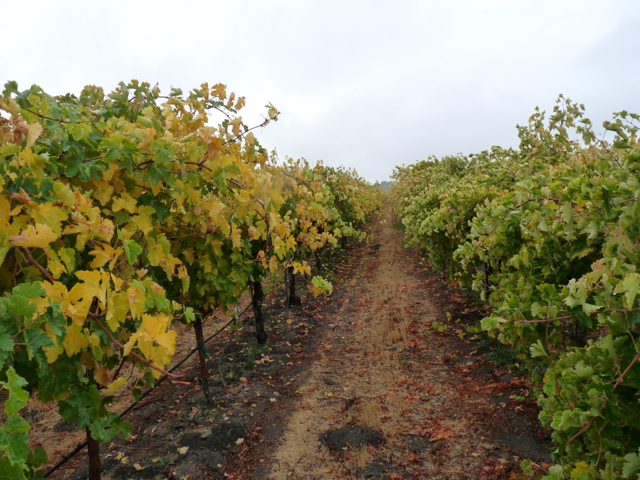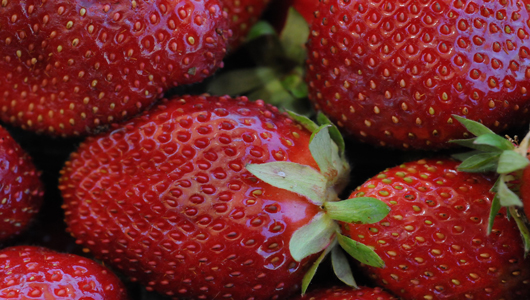AFT Research Shows Farmland Conservation can Reduce Greenhouse Gases
A new study from American Farmland Trust’s California Office, titled A New Comparison of Greenhouse Gas Emissions from California Agricultural and Urban Land Use [PDF], shows that urban land uses generate an average of 58 times more greenhouse gases per acre than the production of California’s leading crops.
This means that conserving farmland by preventing its development is an effective strategy for alleviating climate change. The AFT research, spearheaded by Steve Shaffer, AFT’s principal environmental consultant in California, found that emissions from seven crops grown on four million acres of the state’s farmland – including rice, tomatoes, lettuce, almonds, winegrapes, corn and alfalfa – averaged 0.89 tons of CO2 equivalent per acre, while those from residential, commercial and industrial land uses in 13 California cities averaged 51 tons per acre.
“If California farmland conversion could be reduced by half (from 39,500 to 19,750 acres per year), within a decade we would avoid the emission of 55 million metric tons of greenhouse gases,” said Shaffer, “That’s equivalent to taking almost 200,000 cars off the road or driving around the Earth’s equator 5 million times,” he added, noting, “Of course, AFT would like to do even better than that.”
























